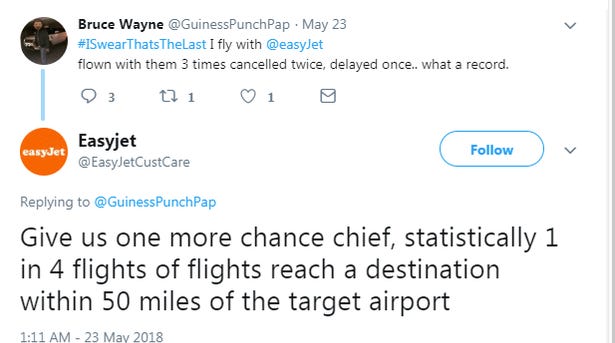Will Your Brand Be "Multi-Player" in the Near Future?
The Content Community Commerce Flywheel and how it's set to affect all marketing
Rumor has it that the kids are giving up TikTok.
Whether or not that’s true, there will come a day when a new social media trend takes precedence, and many brands will have to scramble to utilize the new platform.
Direct To Community Content Drives More Commerce (say that 3 times fast!)
But there is another solution – brands who build direct-to-community relationships and harness Web3 tech, to ensure that no one platform controls those relationships, will be able to create a new paradigm of consumer/brand relationships.
If we take a brief historical look at this relationship, social media opened up a new flow of content, of brands becoming media companies, in addition to the user-generated stuff.
Social media also taught us a new way to interact with brands; to take to Twitter with complaints, to show off our lewks in brand hash-tagged #OOTDS, and for influencers, how to monetize content-making abilities by partnering with brands. You might call this the read/write era, a back-and-forth unknown in the earlier printed magazine age.
Consumers Want More in a Post-Social Age
But consumers, after having their voices heard a bit over Twitter et al, want more say. The evolution of that desire is community-driven conversations. The fanbase moves both as one amorphous beast, giving and taking from the brand, and, of course, as a collection of individuals having experiences with products, loving a lipstick, hating a blowdryer, feeling fly in new jeans, etc. This communal experience can have serious sway within a brand, whether it happens in person, in Discord, or in other gated or semi-gated locations. Think of the many digital fashion communities, like Nike and RTFKT, with the co-creation of virtual and IRL sneakers or the NFT projects that allow owners to use the imagery for their own projects, like Cryptopunks and the Tiffany necklaces.
These examples also force us to ask, what is content? As it’s a visual piece of art, easily Instagrammed, I’d argue a Tiffany’s Cryptopunk necklace is content. And, of course, it’s commerce and community as well. This is the key intersection in this flywheel, where eyeballs on community-created, hyper-branded goods contribute to the visual storytelling, as well as the “in the know” experience of being part of the community.
From Single-player to Multi-player Brands
As Jeff Kaufman of Jump, the best community in Web3 for marketers, said - brands can move from single-player to multi-player. (in this new web3 paradigm)
Brands will have to relinquish control to extract more consumer loyalty, a delicate balancing act. Only brands with the tightest understanding of their visual identity, product suite, and unique value will be able to pull this off while remaining true to their core. For new brands, that may not be as much of a concern, but for publicly-traded heritage brands, this path offers a unique way to engage Gen Z consumers and combat the customer acquisition upheaval and privacy considerations that dominate marketing budgets.
Web3 provides a direct line between brand and consumer, an opportunity for ownership that materially changes the relationship. If the fans don’t benefit materially from their contributions to a brand, it’s an exploitative relationship and subject to greater consumer capriciousness. For brand owners, via tokens, NFTs, or DAOs, it's easier to commit to a long-term, mutually beneficial relationship. This relationship begets the content-community-commerce flywheel. Each piece enhances the value of the others, underscored by a blockchain-based ownership model.
These ideas will continue in a 3 part series on how brands can begin to action this flywheel, starting at any of the touchpoints, and launch themselves into a new solution for growing and retaining a loyal, spending consumer base.





DTC - Direct To Community, love that!